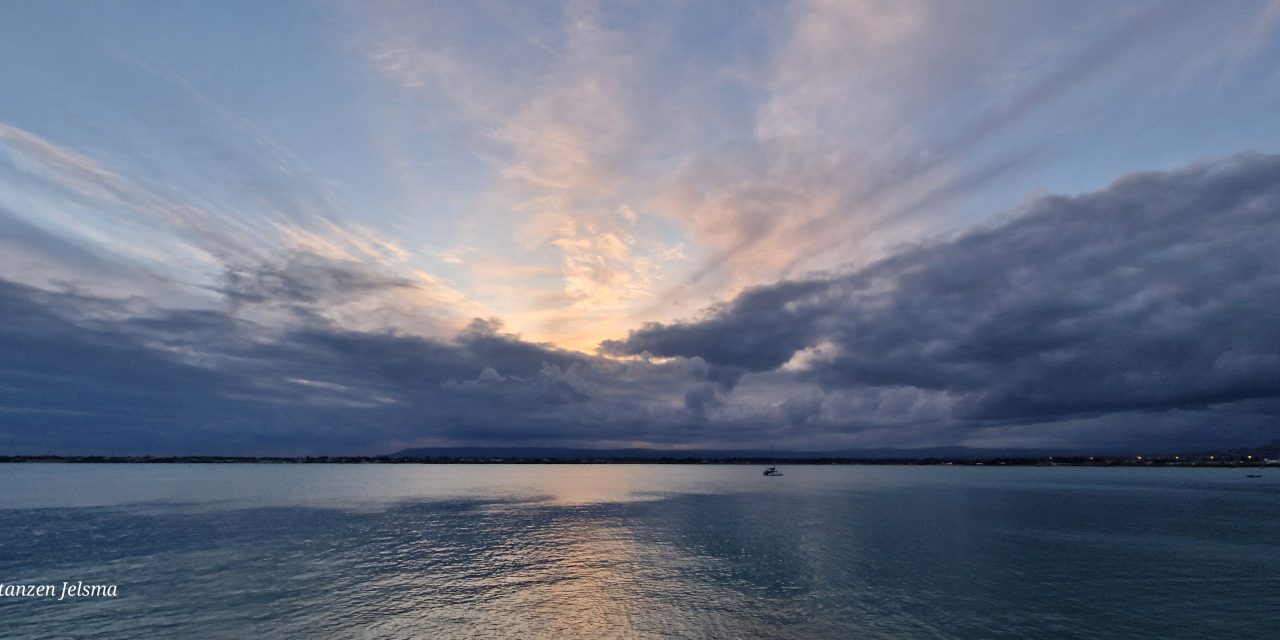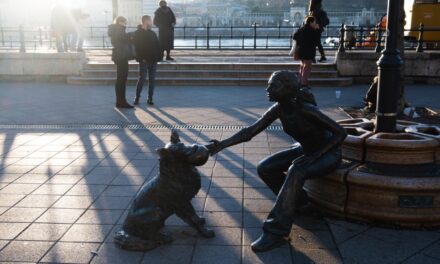In the vast expanse of the Mediterranean Sea, a haunting question lingers: “What happens to the bodies of migrants who die during their risky journey?” The answer is a sad reality; when they reach land, there are standard, impersonal, cold, and inefficient procedures. These bodies, each holding untold stories, are given a number that connects to their grave. But behind this seemingly usual process lies a deep tragedy and complexity in the migration routes across the Mediterranean.
“In search for a safer life”
Since 2014, there have been 28,260 recorded cases of missing migrants in the Mediterranean Sea, which hosts three distinct migration routes; the Eastern, Western, and the deadliest of all, the Central.
The Central Mediterranean route stands as the deadliest migration route globally, with over 17,000 deaths and disappearances recorded by the Missing Migrant Project (MMP) since 2014. The remains of more than 12,000 people have been lost at sea on this route alone. Yet, it is likely that many more deaths remain unrecorded.
These numbers highlight the need to tackle the complexities of migration and join forces against the human cost of this crisis. “Journey of Resilience” not only tells Angelo Milazzo’s story, a Sicilian policeman with unique ways of comforting the grieving. It also serves as a strong call for empathy, understanding, and collective action in challenging times.
Angelo Milazzo successfully identified all bodies within two years. Having found success with his method, he contacted politicians in Italy and Europe through email, presenting his approach. Despite being dismissed as a mere person, his idea was never taken seriously. Giorgia Mitro, a Sicilian researcher, was the only one who saw the potential in Angelo’s idea and turned it into a political and intellectual effort, leading her to the creation of the Border Death Database at VU University in Amsterdam and later to the creation of the Mediterranean Missing Project at the University of York.
In the subsequent years, Angelo repeatedly expressed concerns about the ongoing migration crisis and Italy’s role in it. He drafted a proposal for secure crossings; establishing reception centres at Europe’s external borders where migrants could apply for asylum. After screening, they could proceed to their desired destination.
To this day, many relatives of the shipwreck victims are still in search of their loved ones.




